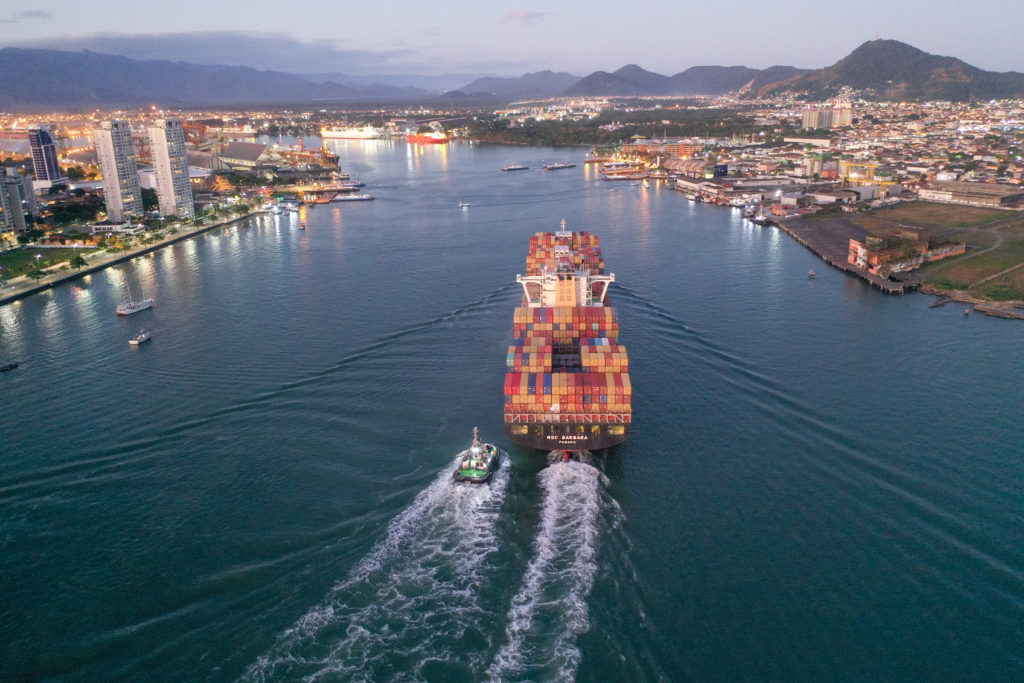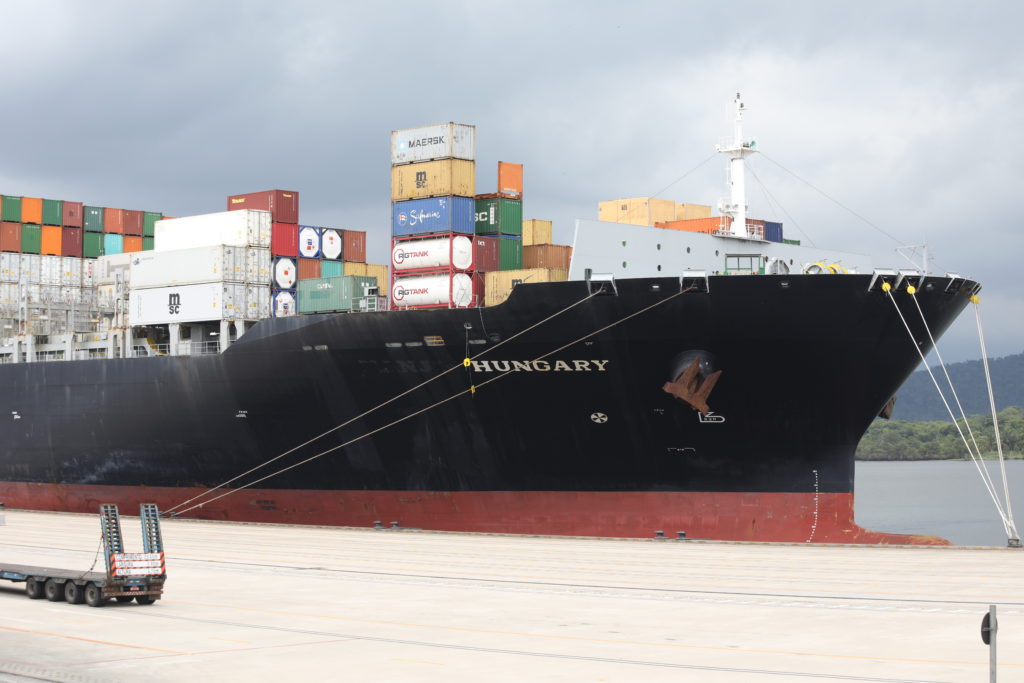From field to ship: how cotton is transported overseas
Business and Markets |
The journey that Brazilian cotton takes to ensure that importing countries get the volume, quality and sustainability that they ordered
In order to remain the second largest cotton exporter in the world, Brazil has, over the last decade, made investments to improve logistics. It’s a complex operation: production units need to be connected to the ports, which are mostly around 1,500 km away and there are a number of specific precautions taken to ensure cleanliness, sanitary security and cargo traceability.
Currently, the main port used for exports is the Santos Port Complex, a set of terminals located in Santos (São Paulo State), dedicated to storage, container stuffing and cargo and passenger handling. It is the largest port in Latin America and is responsible for 97% of Brazilian cotton shipments which are made using containers, unlike other commodities, such as soybean and corn.
“The Port of Santos has a high concentration of shipments, which are mainly destined for Asian countries, because cotton exports are different”, explains Carlos Freitas, commercial director of AG Surveyors, a company specialized in cotton inspection and certification. According to Mr. Freitas, the cotton logistic operations are considered atypical because there are many items that must be checked during the shipment process.

“The cotton buyer chooses the bales he wants to buy from the farm, long before shipment takes place. As Brazilian production is tracked, he selects the load according to the quality indicators he requires, such as: strength, length and micronaire (fibre thickness). The role of logistics is to ensure that the selected bales arrive as per the contracted conditions at the port in Brazil, to then be shipped to the client’s country”, the director explained.
Whilst at the port terminals, the bales undergo a detailed check. Among the items inspected are the volume and quality specifications of each bale of cotton, the batch which is being packed and the container weights. In addition, there are other measures to ensure the phytosanitary security of the product. Containers undergo fumigation and a technical inspection carried out by the Brazilian Ministry of Agriculture and Livestock (MAPA).
However, further standardization is required in the cotton container stuffing process. This why the Cotton Brazil project, run by the Brazilian Cotton Growers Association (Abrapa), has set up the ABR Log programme. This is a socio-environmental certification programme promoting good container stuffing practices aimed at the packing terminals. This certification programme adds another link to the quality control of the Brazilian cotton production chain, together with the farming and ginning certifications already in place.
This whole operation is one of the factors that has contributed to the growth of Brazilian cotton in the world market. In the last five years, the export volume has doubled, going from just under 1 million tonnes in 2018 to an average of 2 million tonnes since 2020. Last year, close to 36,000 cotton containers went through the 19 port terminals in Santos.

Before reaching the port
The complexity of cotton logistics becomes even greater when examining the route it takes to reach Santos. Bales from the state of Mato Grosso, the largest cotton producing state in Brazil, travel around 2,100 km to get to the port of Santos. Cotton from the state of Bahia, the second largest producer, travels more than 1,600 km. The two states together accounted for 90% of Brazilian production in the 2021/22 season and they are also the largest exporting states.
After picking, which takes place between the months of June and September, the cotton is usually ginned at ginning plants located on the farms themselves. In the form of cotton bales, the cargo is then taken to railway terminals in the interior of Brazil, or goes directly by truck to the seaports.
“Cotton arrives at the railway terminal in bales transported by truck. Then, it is loaded into the containers in an operation known as “stuffing”. Annually, 13,400 containers are transported from Mato Grosso to the Port of Santos”, said Andrea Ramos, commercial director of Brado Logística.
Specialized in container handling, Brado operates 11 intermodal terminals that connect agricultural regions with Brazilian ports. In the case of cotton transported from Mato Grosso, the containers travel 1,400 km by rail from Rondonópolis to the Santos Port Complex.
However, around 80% of the cotton exported from Brazil is still transported by truck to the port. The trip from the growing areas to the stuffing terminal at the port takes around five days. At the port terminal packing areas, the cargo is placed in containers according to shipping instructions, documented in accordance with legal requirements, and is sent to the export terminal to be loaded on the ships destined mainly for Asia.
Among the challenges facing Brazilian cotton exports are the need for diversification of exporting ports, increasing the use of rail transport with the expansion of the railway network in Mato Grosso, and the construction of the “West-East Integration Railway” (FIOL), as well as improving the quality of port operations and achieving more agile export documentation procedures.






